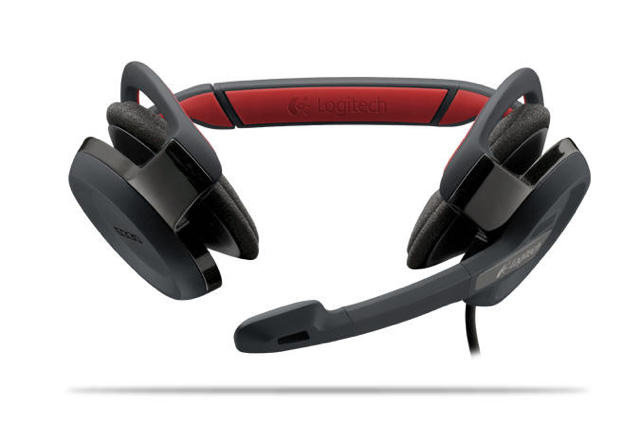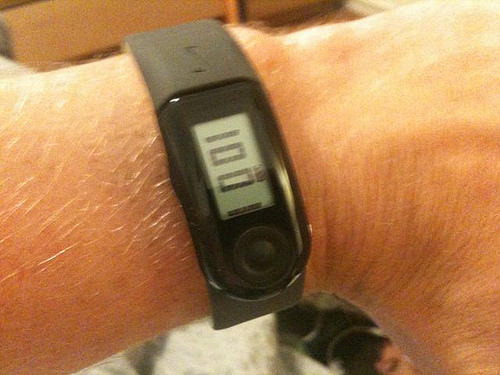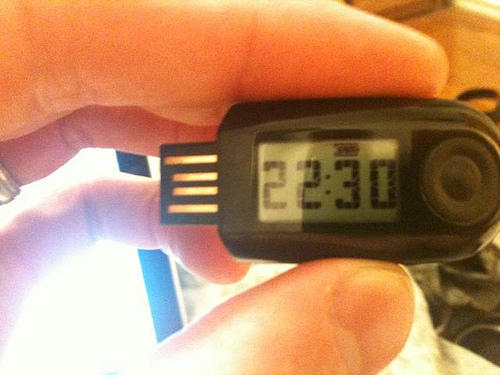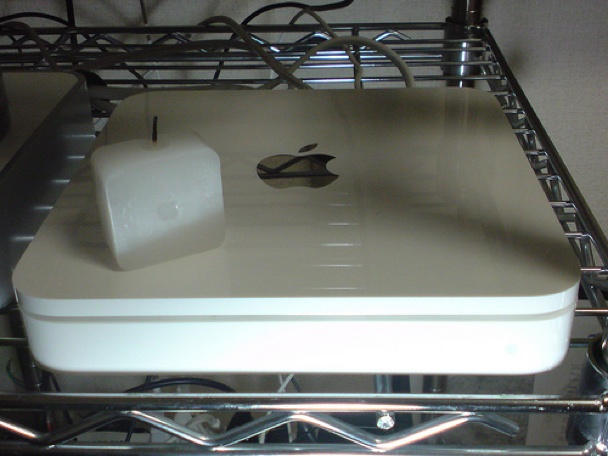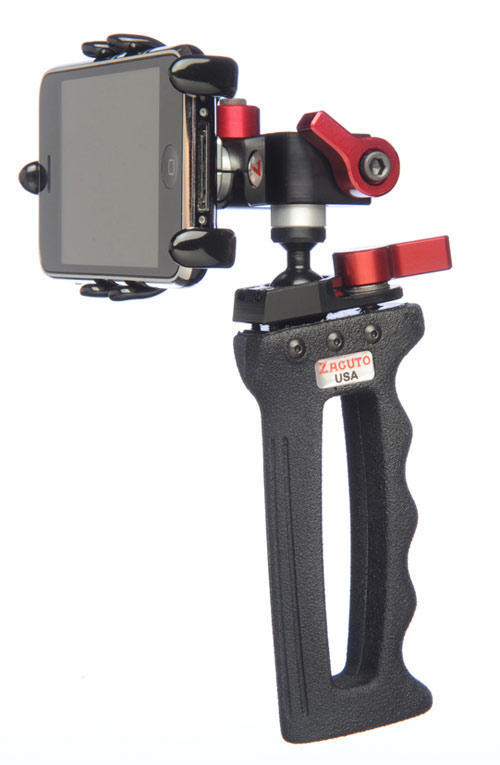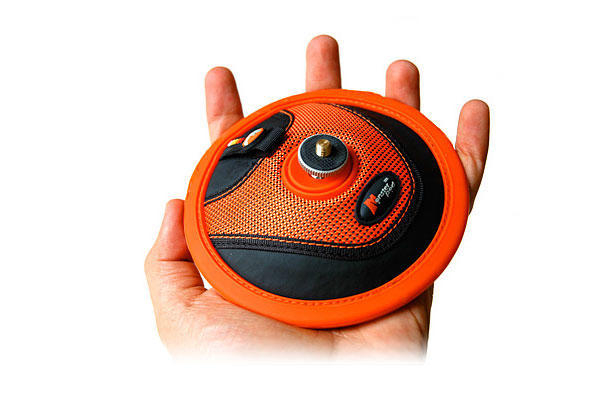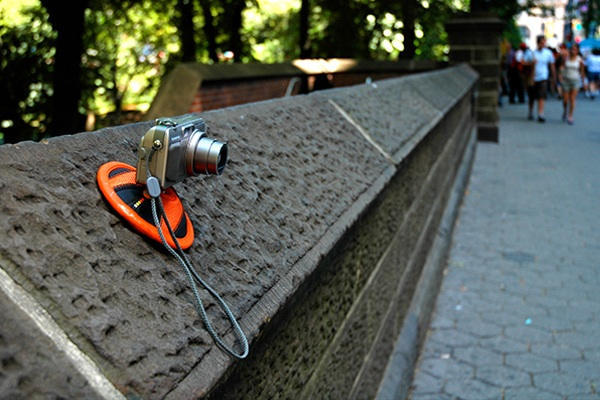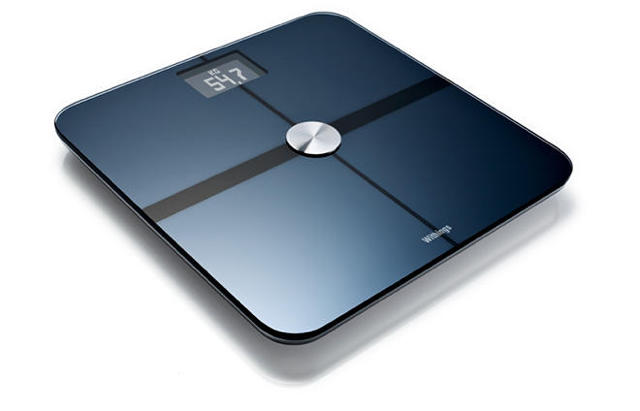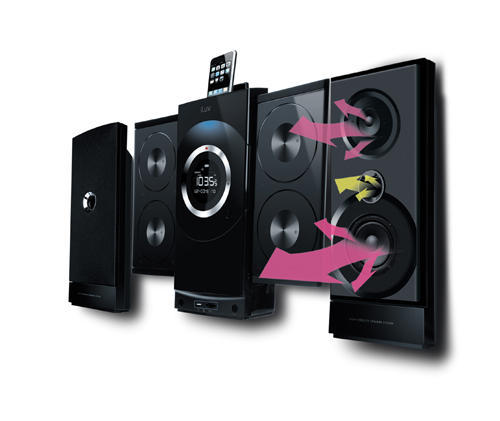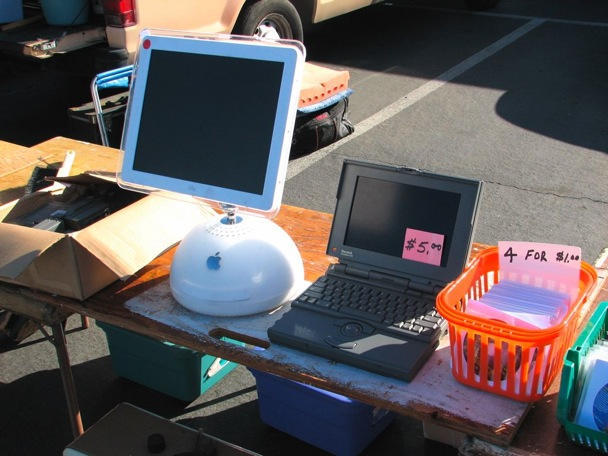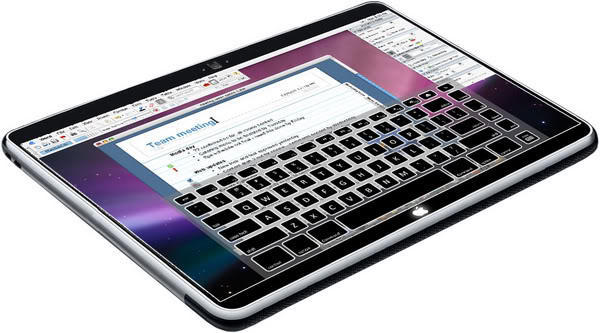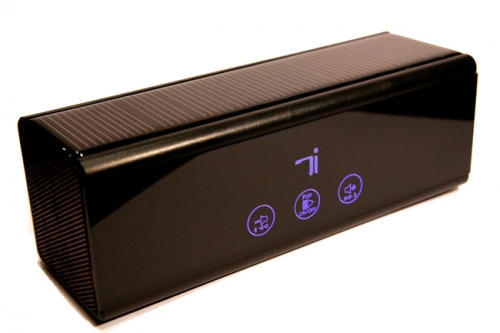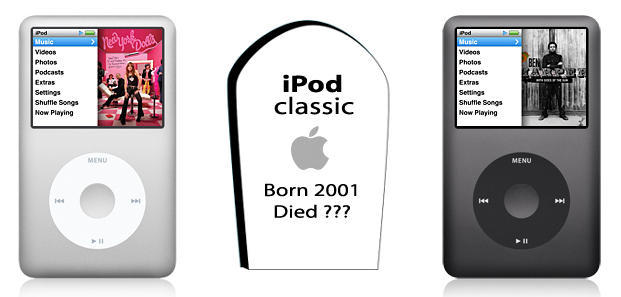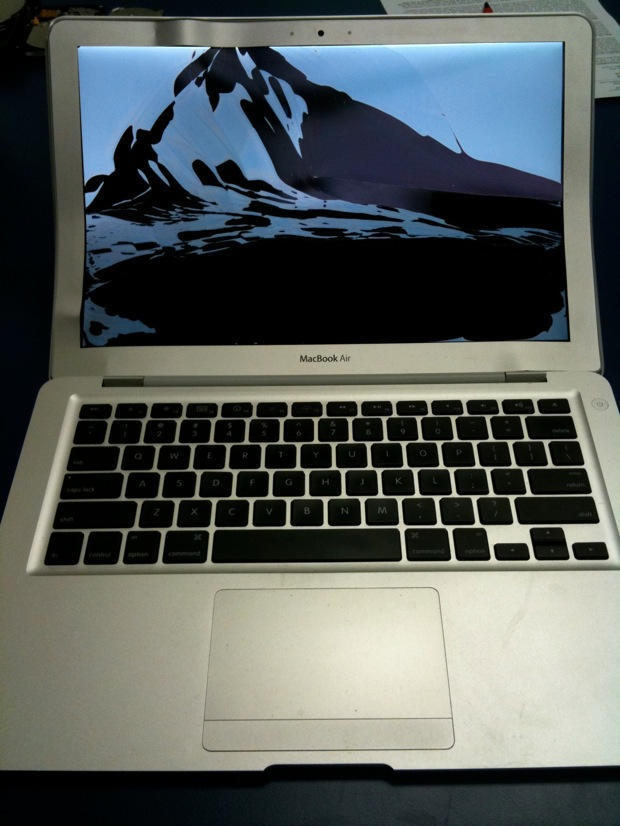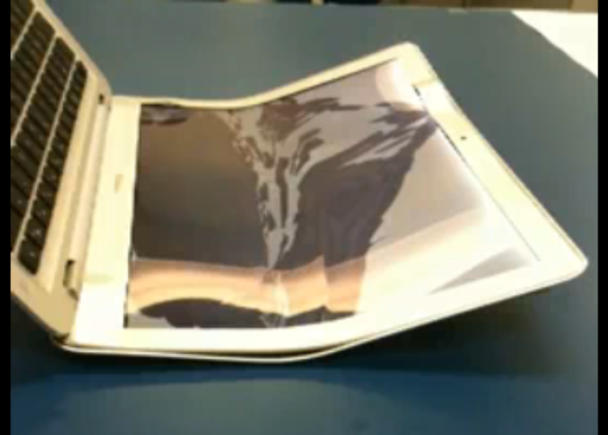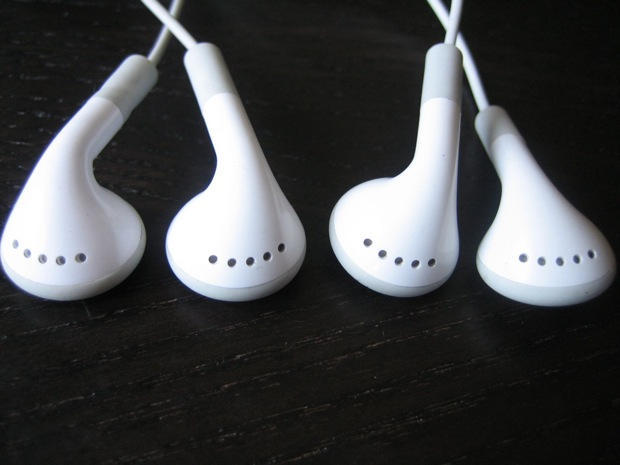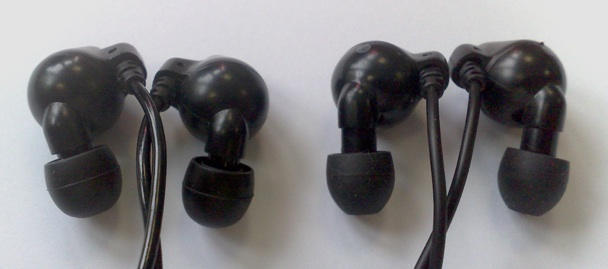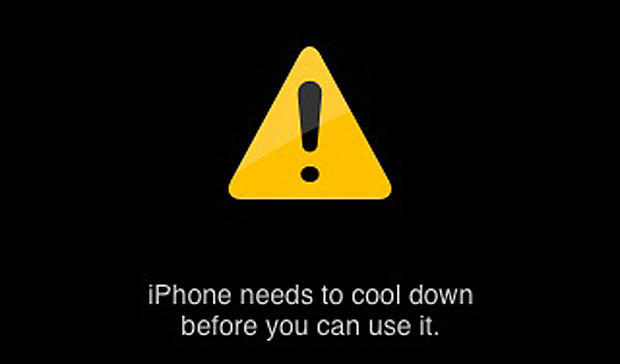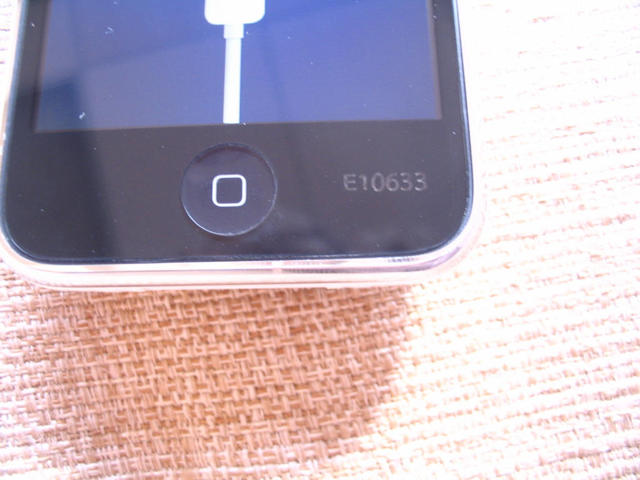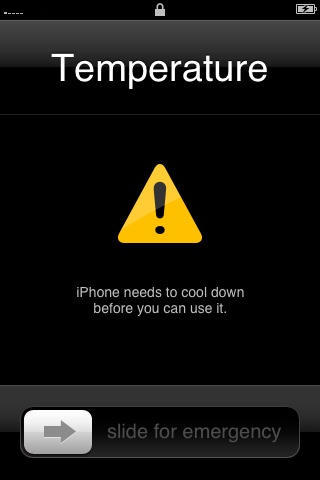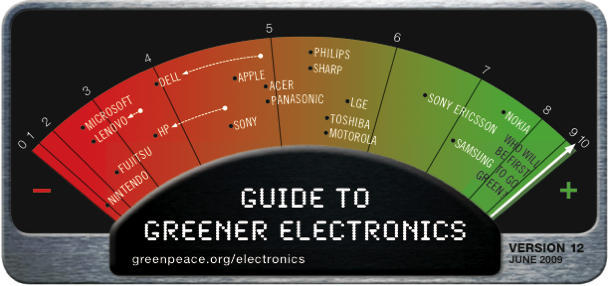Image credit: Randy Stewart
And these children that you spit on
As they try to change their worlds
Are immune to your consultations
They’re quite aware of what they’re going through.
– David Bowie
One day, people may point to an article published Monday at PCMag.com (perhaps the preeminent Windows-foucused tech magazine around) by long-time Apple-baiting columnist John C. Dvorak, as a signal for the storming of Microsoft’s figurative Bastille.
“If I was going to buy a new laptop this minute, a MacBook Pro is probably what I’d get,” are words almost no tech watcher of the past 20 years would ever figure to come from Dvorak, the smart, engaging veteran columnist who has taken over the years a nearly perverse glee in stirring up the bee hive of Apple loyalists in tech journalism.
But that’s exactly what Dvorak had to say after seeing first-hand “all these whiz-bang features” of his son’s brand-new MacBook Pro that, he said, “make me realize that I have fallen behind.”
But don’t go thinking Dvorak has fully consumed the kool-aid or that his enmity for Apple will abate completely anytime soon. The real reason he’s kindly disposed to an Apple product at this point, aside from “that hard aluminum unibody that makes the thing feel like a rock,” is a piece of software his son required, DEVONthink, which organizes and sorts PDF files into manageable database blocks – and has no Windows-based counterpart. “It’s about as close to a killer Apple app as anything I’ve seen since VisiCalc in the late ’70s,” he gushed.
Of course no Dvorak piece would be complete without a pointed jab at something Apple, and he dutifully reported his son’s experience at the Apple Store as something akin to “a car dealership in the ’70s, with layers of various salespeople, each trying to screw you.”
“I actually think that the Apple Stores are barriers to sales, and people only buy Macs because the machines have clearly moved ahead in genuine usefulness,” he wrote, saying, “overall, it’s a pathetic indictment of the entire PC scene.”
Well, perhaps it’s a reach to tar the entire PC scene with the same brush, but clearly change is in the air and more and more people such as Dvorak’s kid are coming around to just how far Apple machines have moved ahead.
It’s at least a bright sign that someone like Dvorak has finally noticed.
